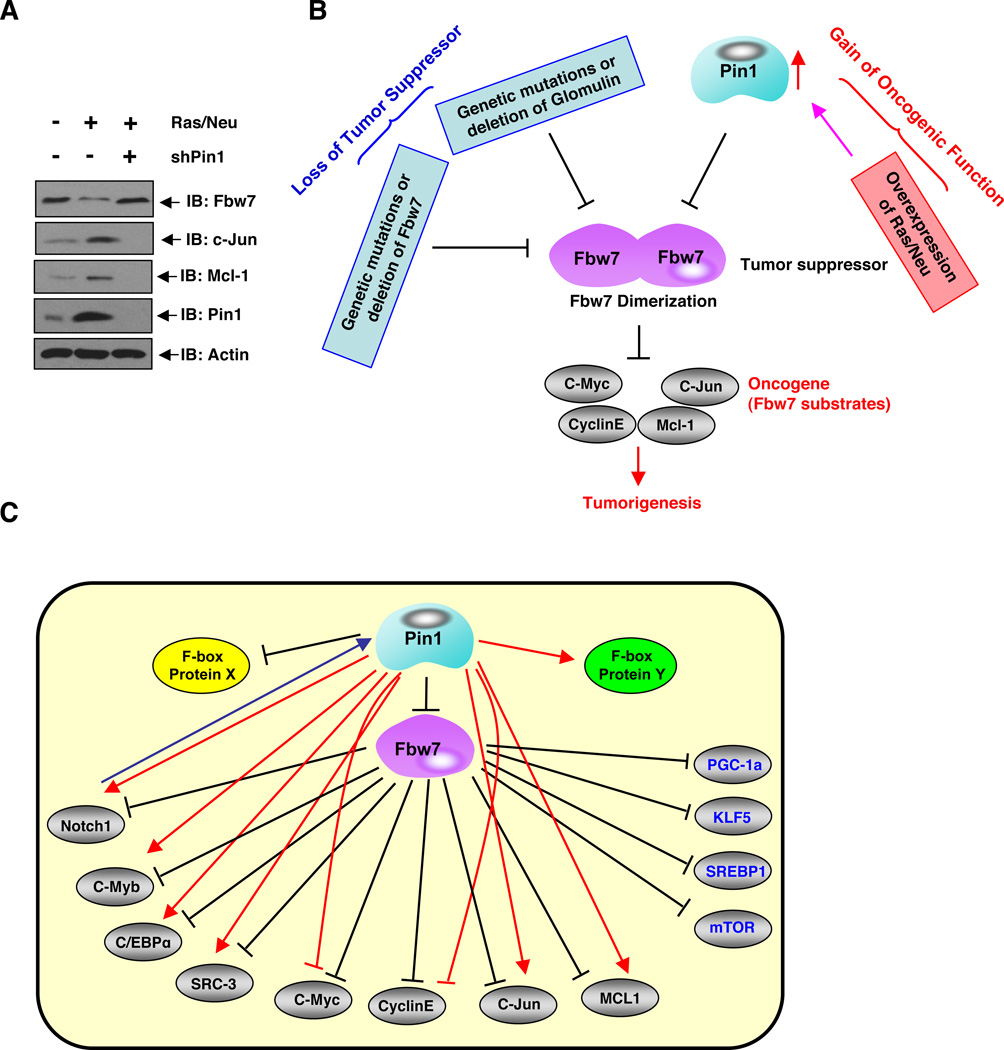Figure 6. Fbw7 dimerization and E3 ligase activity can be impaired by multiple mechanisms including gain of oncogenic function and/or loss of tumor suppressor function in human cancers.
A. Immunoblot analysis of whole cell lysates derived from the MCF10A cells that were engineered to express the oncogenic Ras and Neu proteins. Where indicated, shPin1 lentiviral vector was used to deplete endogenous Pin1 before harvesting for immunoblot analysis.
B. Schematic representation of a model by which physiological upstream signals, such as acquired activation of oncogenic Ras/Neu, overexpression of Pin1, genetic mutations in Fbw7, or loss of Glomulin activity can regulate Fbw7 tumor suppressor function in part through disrupting Fbw7 dimerization, leading to destabilization of Fbw7.
C. A Proposed model for the potential role of Pin1 in regulating Fbw7 protein stability and its downstream ubiquitination targets.

